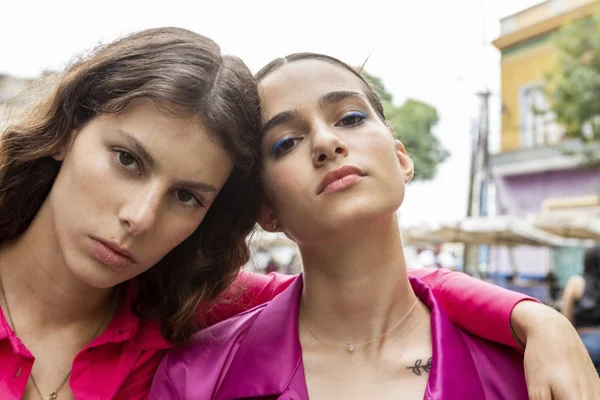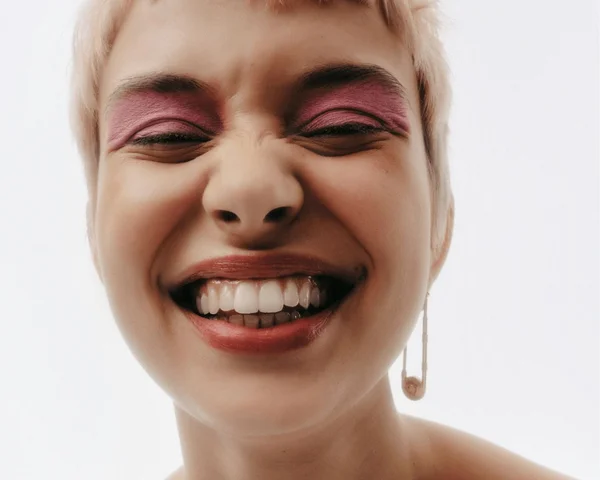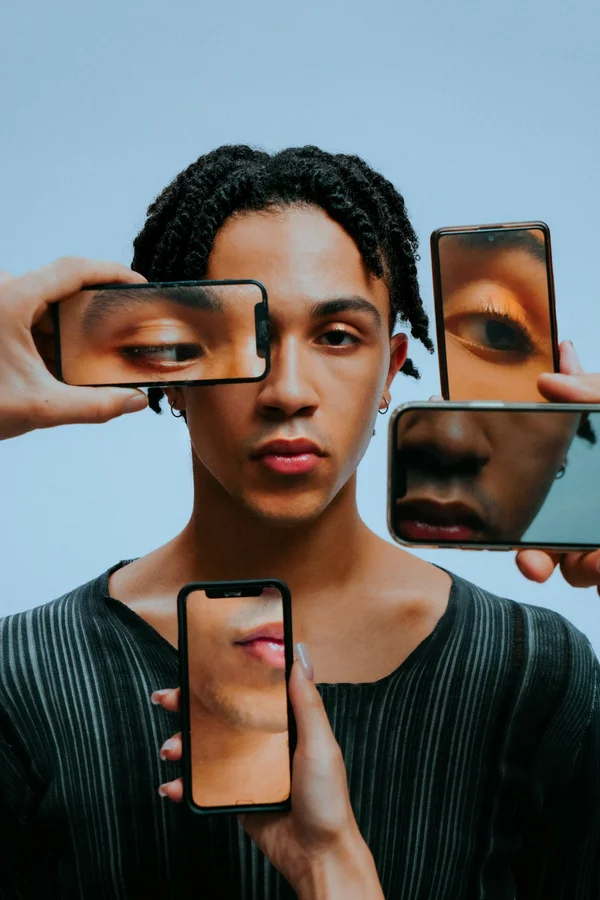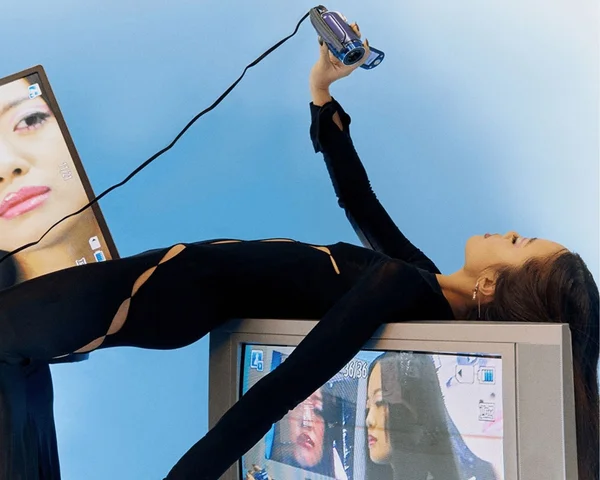How social media changed fashion week forever
By Florenne Earle Ledger published 22/02/2024

Fashion week has changed massively, all thanks to social media and fast fashion brands shaking things up.
In the 90s/2000s, those who attended fashion week worked in the fashion industry as reporters, designers, photographers, fashion buyers, or models. Now, fashion week has been democratised by social media, bringing catwalks to our phone screens, and extending invites to TikTokers and online content creators, rather than just those working in fashion.
What effect did social media have on fashion week, and was it for better or for worse?
Fashion week in the 90s/2000s
In a time of beepers, brick phones, low rise jeans and spaghetti strap dresses, attending fashion week was getting your foot in the door. It was the only way for buyers, reporters and artists to see new collections. Once they’d seen the show, they had unique knowledge of what the brand was going to release, and the general public only found out when it was published by magazines.
Fashion week today
Now, Vogue Runway immediately posts pictures online after the catwalk, so you don’t need an invite to get the inside scoop. Before you had to be a journalist to give your thoughts on collections, now (thanks to social media) anyone can have their say on the designs, even as the show is unfolding on a live stream.
How fashion brands build their brand and address their audience has completely changed. As well as wanting to wow people in the front row, fashion houses are having to think about the general public more, specifically what could go viral online.
Fashion houses have always sought to push the boundaries of design, like Alexander McQueen’s iconic dress that was spray painted by robots, but now brands are aiming for more than just wow factor in the moment, striving to evoke something that can be re-experienced by people watching on their phones.
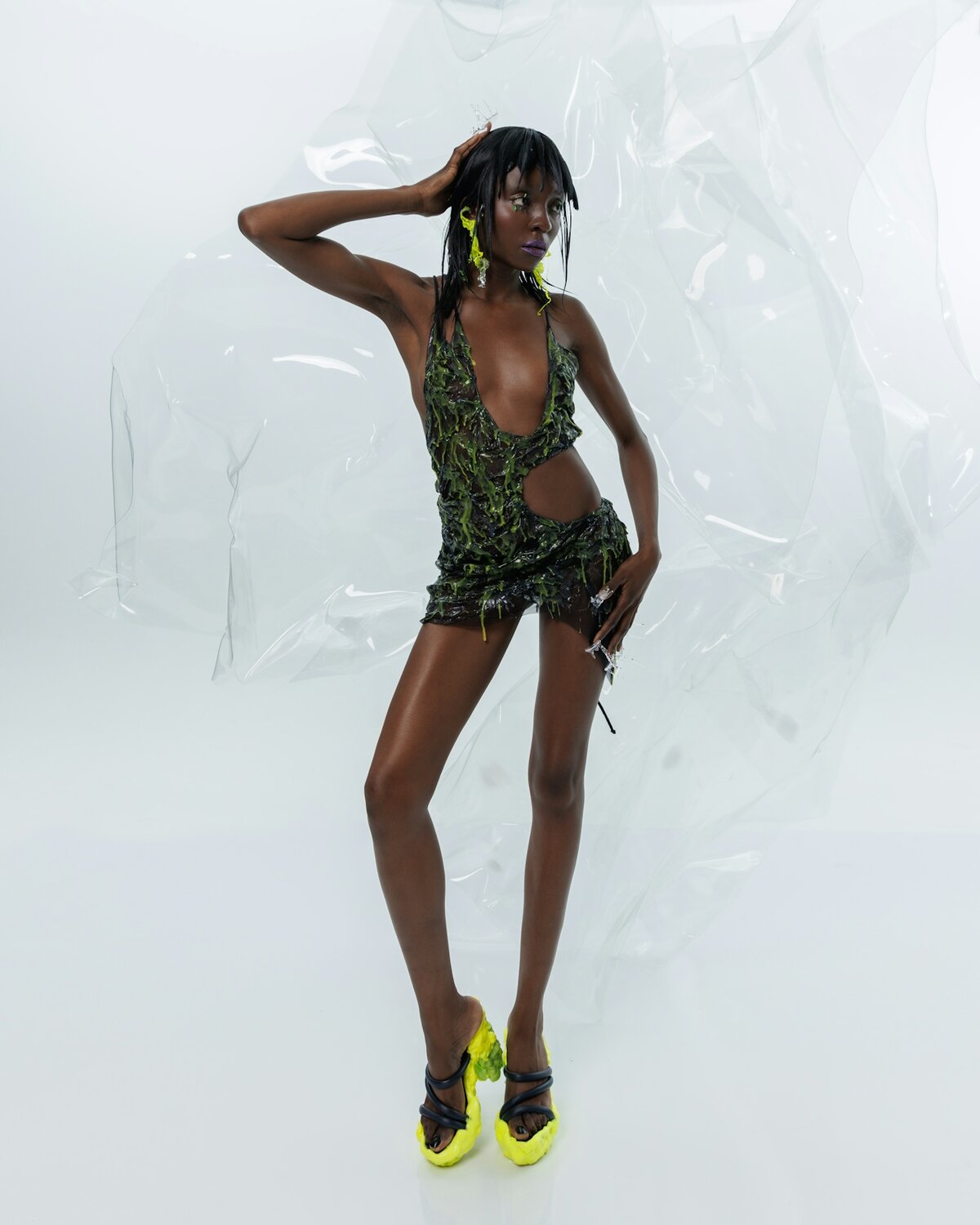
In the AVAVAV SS23 womenswear show, every single model fell down on the runway, which was quickly observed as a publicity stunt that added another layer to the catwalk as a ‘parody of fashion’. Initially people saw the video of the falling models and couldn’t believe their eyes. Before realising it was a set up, thousands had already shared shared the video, leading it to go viral.
It’s not just about what you do on the catwalk, it could even be who you invite. Brands have received press coverage regarding who they invited, whether it was TikTok stars or iconic celebrities sitting in the front row. The clothes themselves are no longer the main point of interest. It's also the models that are a source of public intrigue. Arguably, Coperni’s spray on dress was as much about Bella Hadid as it was about the dress itself, as she was one of the most widely known models of the time.
Unlikely collaborations between brands and celebrities also drive up engagement and interest in catwalks. Author and Former Highsnobiety Style Editor, Alex Leach, describes collabs as an easy way to generate hype around collections without actually doing anything…it’s just another way to create a feeling of exclusivity around limited collections and attract attention.
A space dedicated to showing off fancy clothes that most people can’t afford to buy and could certainly not wear on a daily basis, may seems a little pointless to some- especially when it’s catering more to an online audience than ever before. But there’s still lots to love about fashion week…
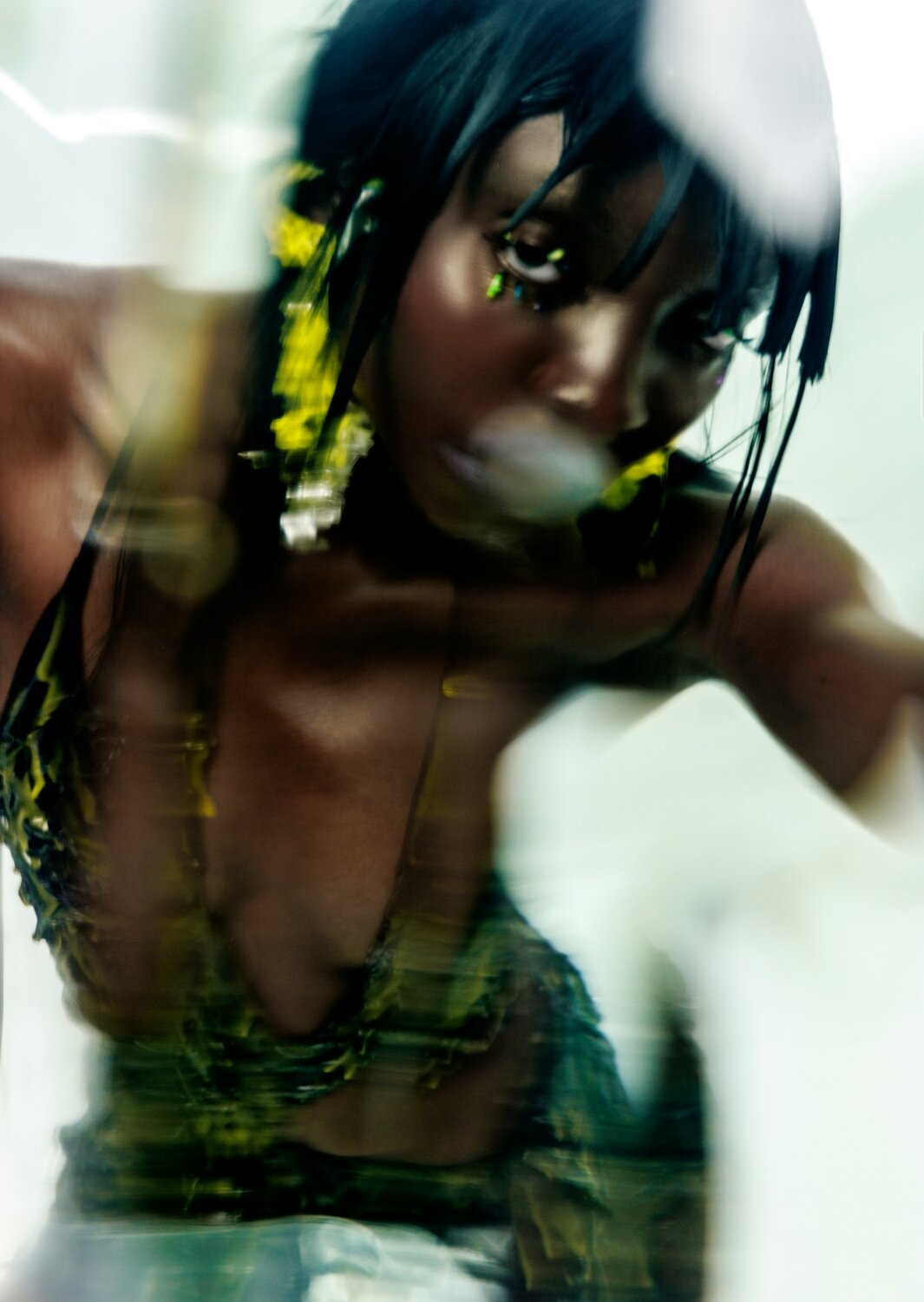
With New York Fashion Week in full swing, I’m analysing how fast fashion and social media have changed the journey of a garment, right from when it’s shown on the catwalk to sold in stores.
Understanding how the clothes we buy go from runway to rack help us to recognise them as more than disposable objects, but things that real people put time and effort into producing.
To see how the process has changed, let’s look at how it was before fast fashion and social media entered the chat.
From runway to rack: the process then
Before social media and fast fashion took off, it was simple. The garment was shown on the catwalk, and after reading fashion editors collection reviews, buyers decided what items they wanted to purchase.
Come the next season, the pieces they chose are in stock and ready for the public to buy. The most popular items are noted by fast fashion brands who recreate them with lower quality materials and sell them for a cheaper price. This process repeats itself every season.
From runway to rack: the process now
Now, the process starts before the catwalk. Celebrities and influencers are given exclusive access to clothes before they’re shown on the runway, generating hype around brands and styles early on.
Why fashion week is great
Whilst most people can’t afford anything on the runway (us included), and excluding ready to wear the garments aren't practical enough to wear on a daily basis, this is all part of the magic. Fashion weeks are a chance for brands to express their creativity and establish their brand image. By doing so, we’re able to see clothes (and brands) as works of art- rather than just pieces of clothing in stores. It gives us a glimpse into the thought process behind the trends we see in shops, reminding us that clothing is creative and something to be valued.
Now that fashion week has become ‘less exclusive’ due to social media democratising it, smaller designers and brands are able to showcase their work, when previously fashion week shows were reserved for bigger names. Not only do they get to showcase their designs, social media gives them more of a chance to get recognised as the amount of people in attendance doesn’t restrict the attention the brand can get online.
What do you love about fashion week? Join in the conversation on our socials @Whering__ on Instagram, TikTok and Twitter.
Something on your mind?
Share your thoughts with Whering community.
If you have an idea for an article around fashion, culture, environment, news, wellness, shopping or DIY, submit a pitch to us!
